Sarmatic Mixed Forests
The ecoregion’s land area is provided in units of 1,000 hectares. The conservation target is the Global Safety Net (GSN1) area for the given ecoregion. The protection level indicates the percentage of the GSN goal that is currently protected on a scale of 0-10. N/A means data is not available at this time.
Bioregion: Baltic Sea & Sarmatic Mixed Forests (PA11)
Realm: Western Eurasia
Ecoregion Size (1000 ha):
84,807
Ecoregion ID:
679
Conservation Target:
46%
Protection Level:
2
States: Russia, Sweden, Belarus, Latvia, Estonia, Lithuania, Norway, Finland, Aland
Silvery rivers and crystal lakes interlace this enchanting woodland of stately pine and oak trees. A patchwork of water and land, the Sarmatic mixed forests are bejewelled by more than 10,000 lakes and 20,000 rivers and streams. Trees shelter eagle-owl, hazel grouse, and the captivating capercaillie; the boggy forest floor is rich in wetland plants. Otter, black-tailed heron, and black stork inhabit waterways, alongside the iconic Eurasian beaver. Once overhunted to the point of near-extinction, these swimming rodents are recovering their populations following extensive management efforts and reintroductions.
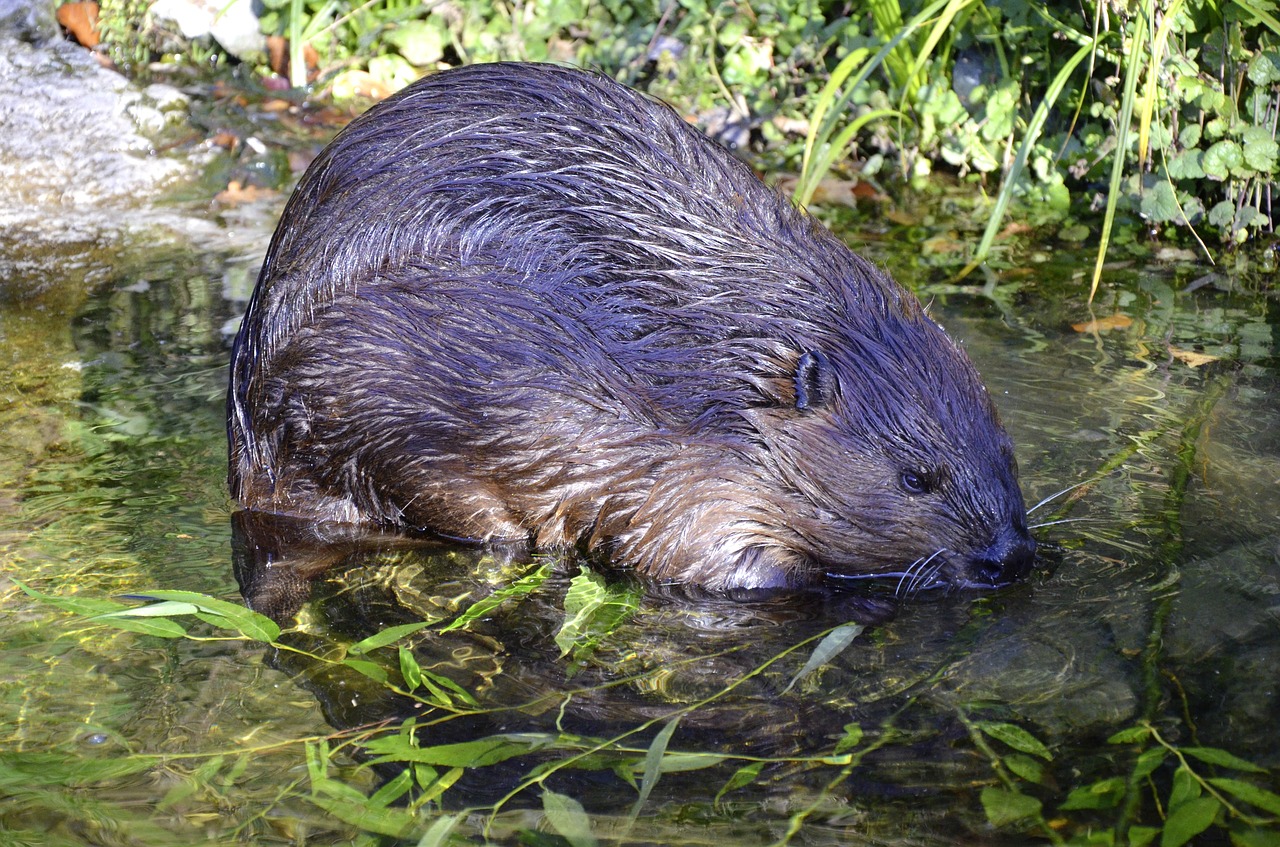
The flagship species of the Sarmatic Mixed Forests ecoregion is the Eurasian beaver. Image credit: Creative Commons
These mixed forests cover the entirety of Latvia and Estonia, reaching into Belarus, Lithuania, Sweden, southwesternmost Finland, southernmost Norway, and the Russian Federation. A continental climate predominates, though there is a maritime influence along coastlines. This is the transition between boreal forests in the North and the broadleaf belt to the South, where the dominant Norway spruce is mixed with Scots pine, common oak, downy birch, beech, aspen, and ash. The forest floor is thickly carpeted with feather and peat mosses, and dappled with colourful bilberry and heather.
This region is home to Europe’s greatest mammals: grey wolf, Eurasian lynx, brown bear, elk, and European bison. Endemic insects include the grass-miner moth Elachista sulcsiella, and the aquatic worm Trichodrilus seirei, whilst Saaremaa yellow rattle and the marsh orchid Dactylorhiza osiliensis represent endemic flowers. Lakes and slow-moving streams are a sanctuary for Russian desman, an aquatic mammal that is endemic to Russia. Eurasian beaver also thrive in these wetlands, particularly as the surrounding forests are rich in their favorite tree species: aspen, birch, and alder. Often regarded as ecosystem engineers, these semi-aquatic rodents build dams that transform forest ecosystems into open water oases, which provide new habitat for many birds, fish, and amphibians.
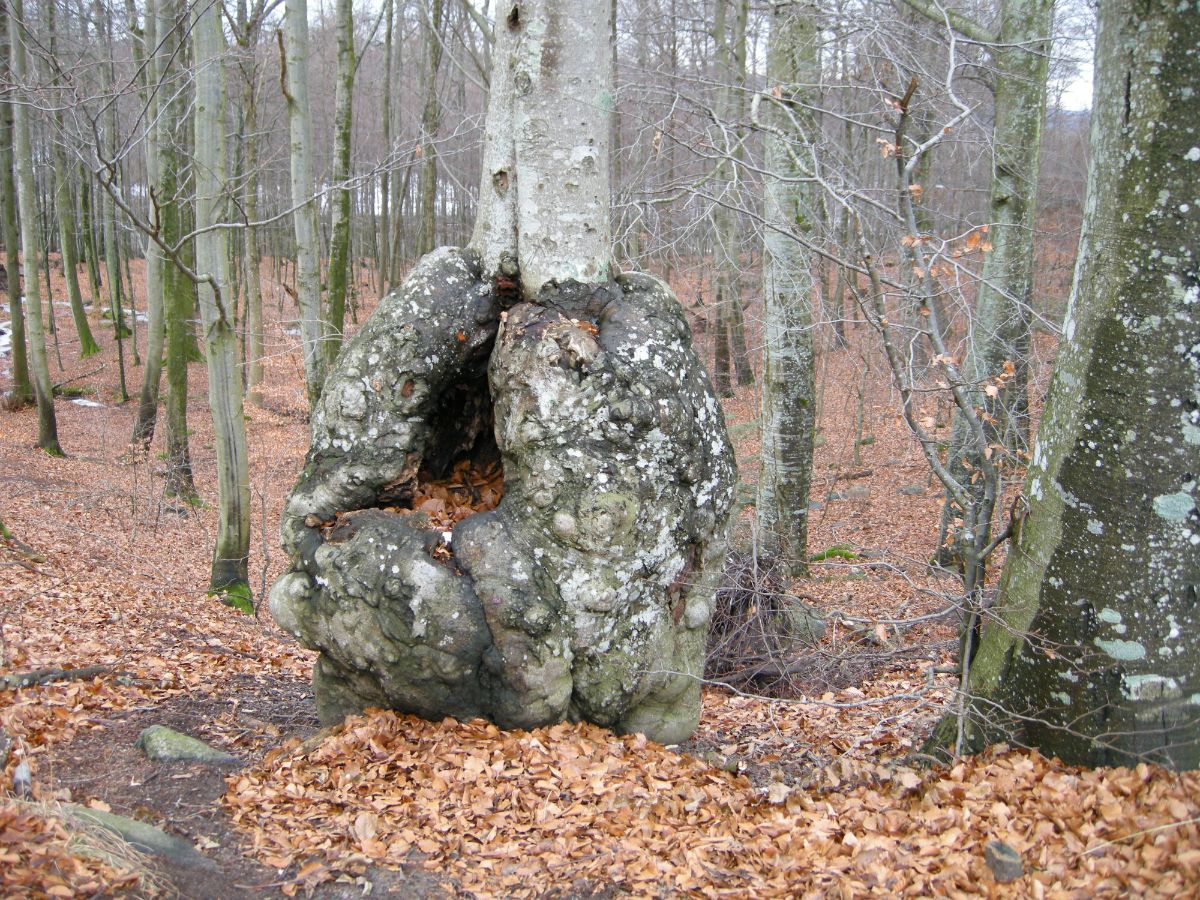
Common beech. Image credit: Arnstein Ronning, Creative Commons
Habitat integrity varies between countries: south Sweden has been an almost entirely cultivated landscape for several hundred years, whereas the Baltic States have maintained high levels of forest cover. Nearly half of Estonia and Latvia are forested, as is a large proportion of Lithuania.i In some regions, such as in Latvia, forest cover is now increasing due to the abandonment of agricultural land. Eurasian beavers have been well conserved within the Berezinsky Biosphere Reserve in Belarus, which harbours large swamp massifs of black-alder forests.
A mixture of mossy pine, birch, and floodplain forests, Oksky Zapovednik in the Russian Federation was established to protect the Russian desman.iii Teiču Nature Reserve in Lativa is one of the largest unspoilt moss bogs in the Baltics, and the Kamanos State Nature Reserve in Lithuania is a swampland of great importance for bumblebees.
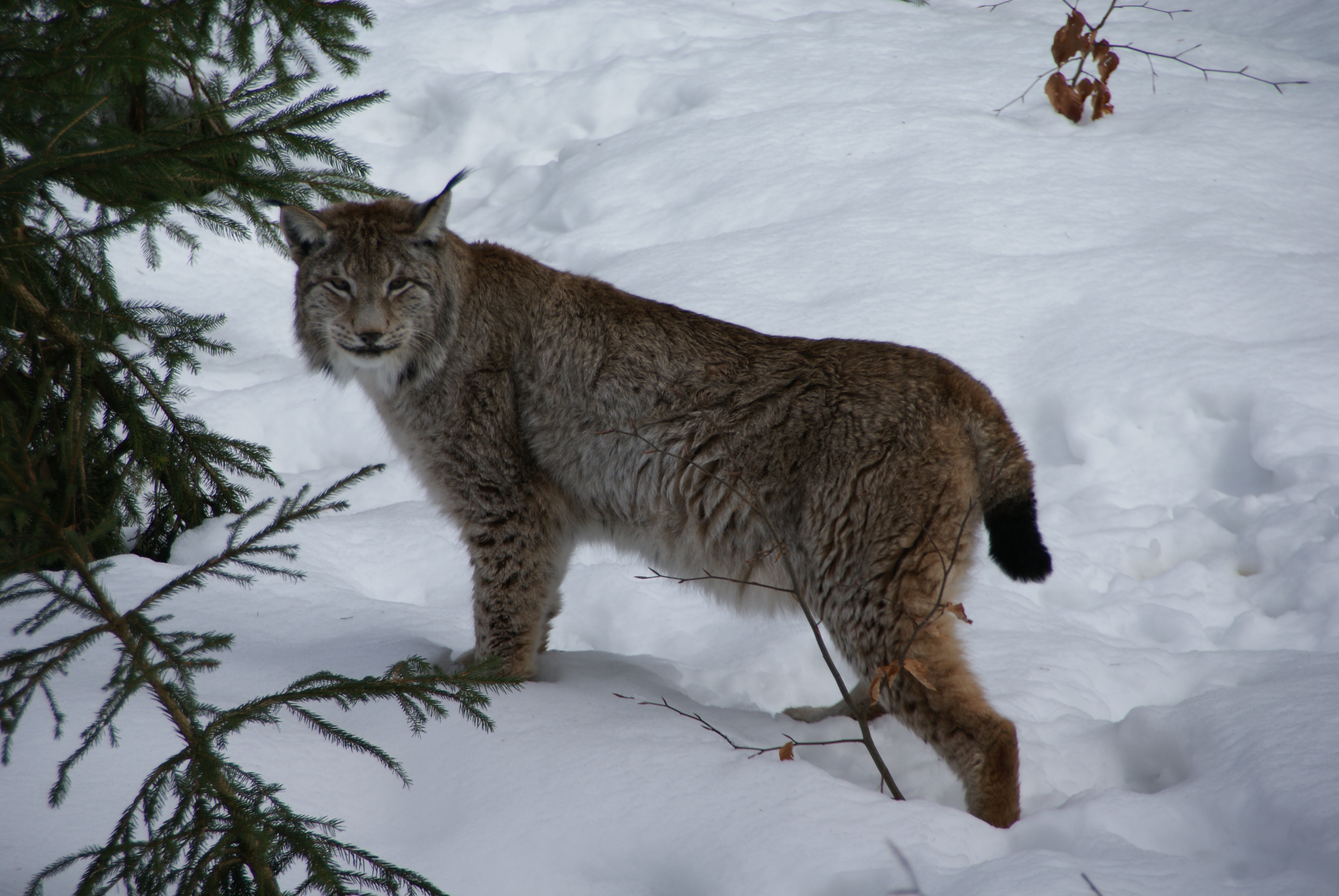
Eurasian lynx. Image credit: Creative Commons
Agricultural expansion, logging, grazing, and manipulation of natural fire regimes are the major human impacts. Forest resources are often the only income for local residents, and this can lead to unsustainable forest use.v The major threat for bog biodiversity is peat extraction, with peat being one of the most economically significant minerals in Latvia.v Additionally, despite some countries retaining high levels of forest cover, pristine forest is still often scarce, as management for logging has altered natural tree composition; in the Baltics, Scots pine and Norway spruce have been favored over deciduous speciesi. Conservation efforts in Estonia have focused on promoting nature awareness to the public and maintaining habitat integrity. In Latvia, there is an effort to elaborate specific management plans for different forest regions, and to ensure no chemical pesticides or insecticides are used in forestry operations.
The priority conservation actions for the next decade will be to: 1) ensure forest management plans incorporate conservation objectives by maintaining a healthy mix of native tree species; 2) moderate peat extraction to conserve bog biodiversity at the landscape level; and 3) restore forest cover in regions where it has been significantly lost through rewilding and reintroductions.
Citations
1. Jõgiste, K., Frelich, L.E., Laarmann, D., Vodde, F., Baders, E., Donis, J., Jansons, A., Kangur, A., Korjus, H., Köster, K. and Kusmin, J., 2018. Imprints of management history on hemiboreal forest ecosystems in the Baltic States. Ecosphere, 9(11), p.e02503.
2. Ministry of Environmental Protection and Regional Development of the Republic of Latvia (2014). 5th National Report to the Convention on Biological Diversity Latvia.
3. Slavic Landscapes. Sarmatic Mixed Forests. [Online]. [Accessed 16th July 2019]. Available from: http://slaviclandscape.blogspot.com/2012/12/sarmatic-mixed-forests-4.html
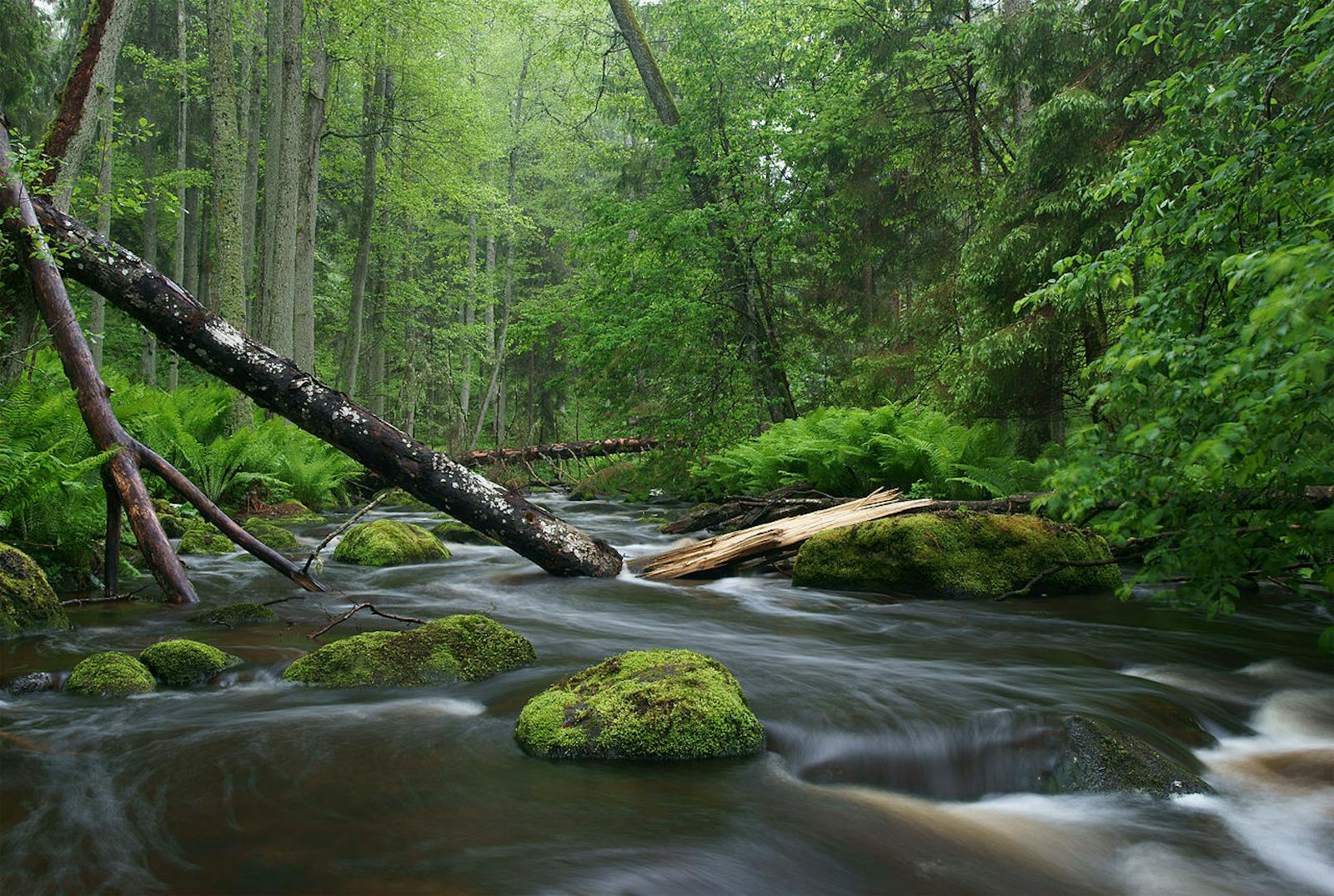
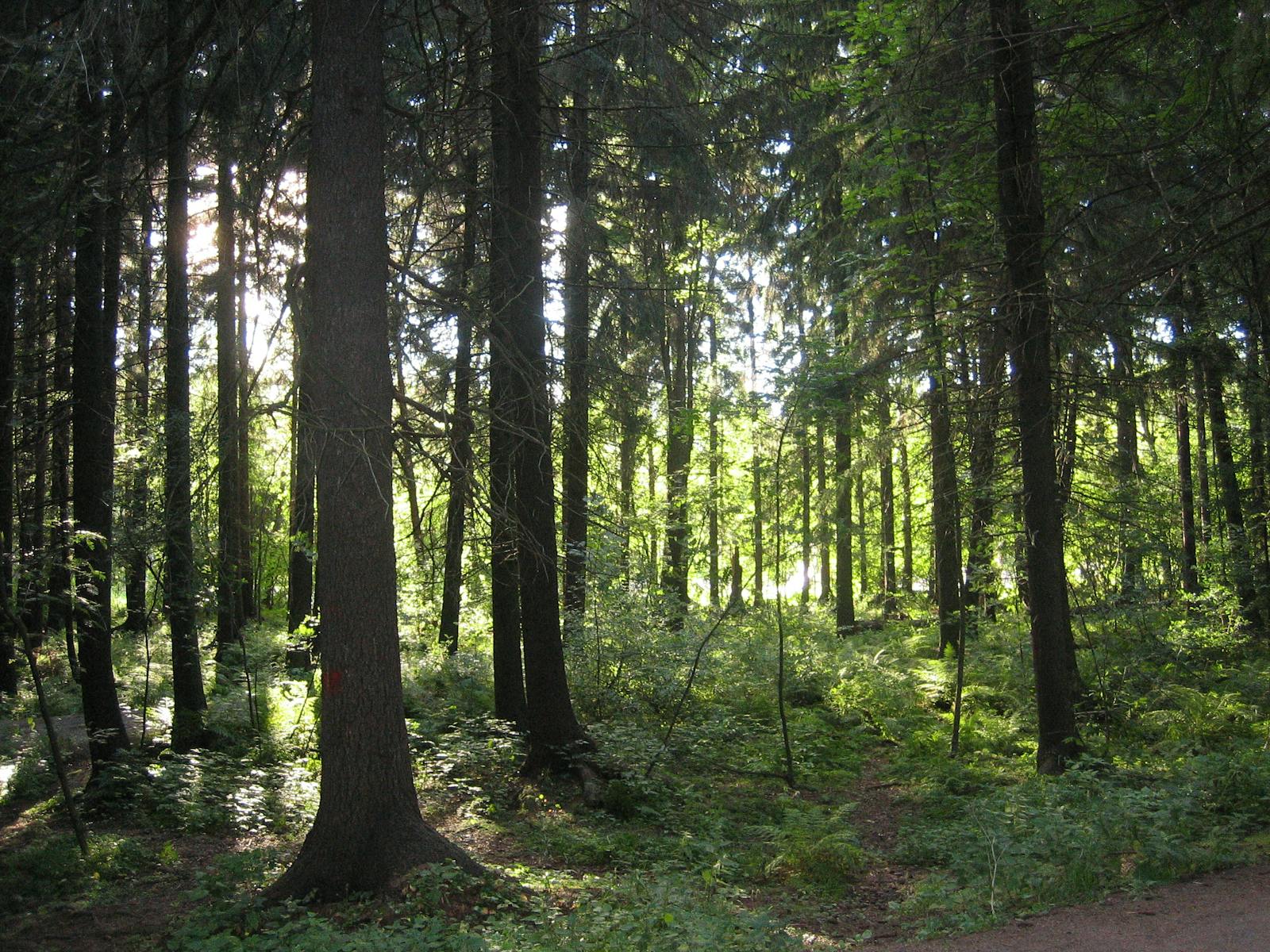
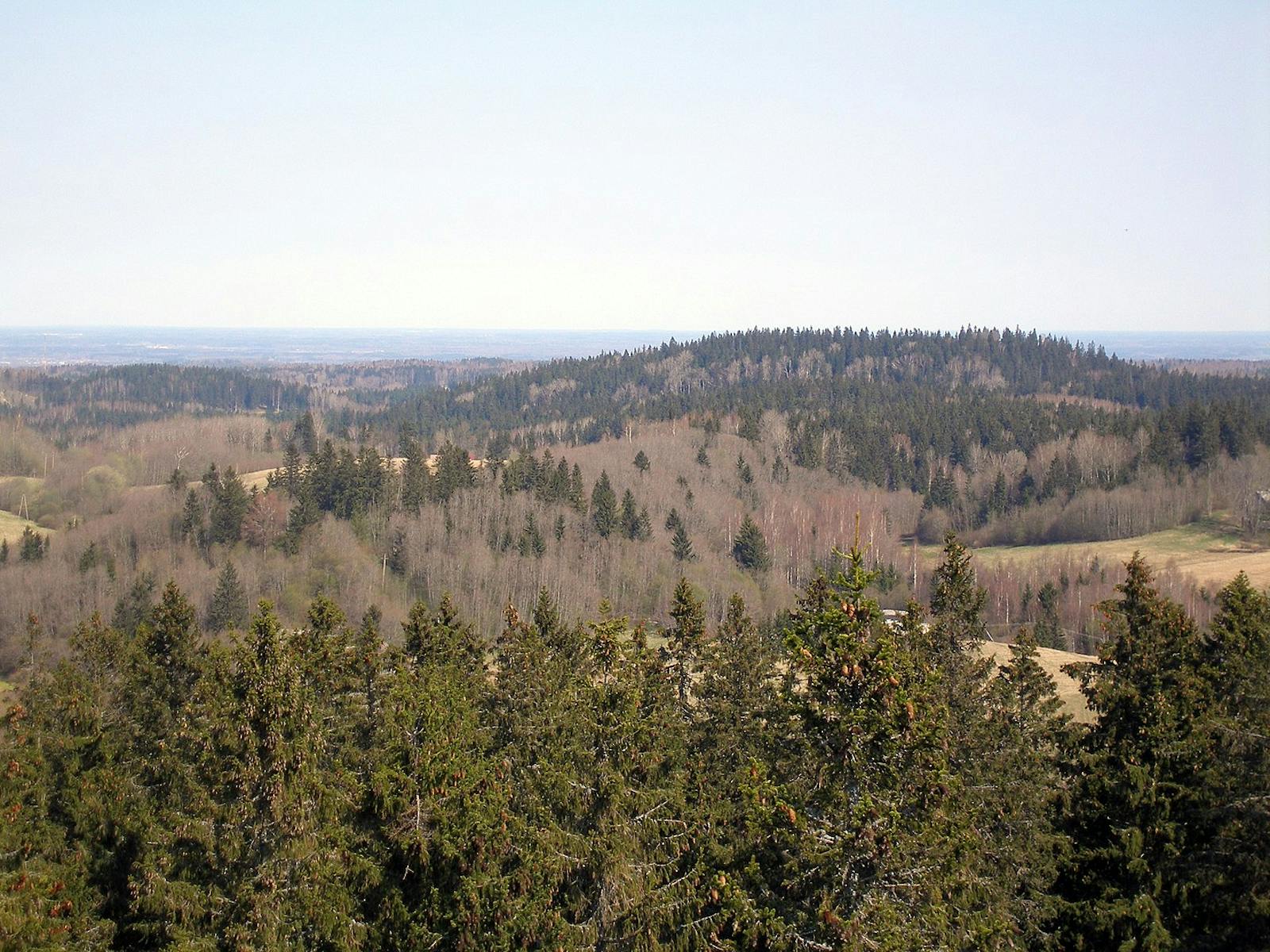
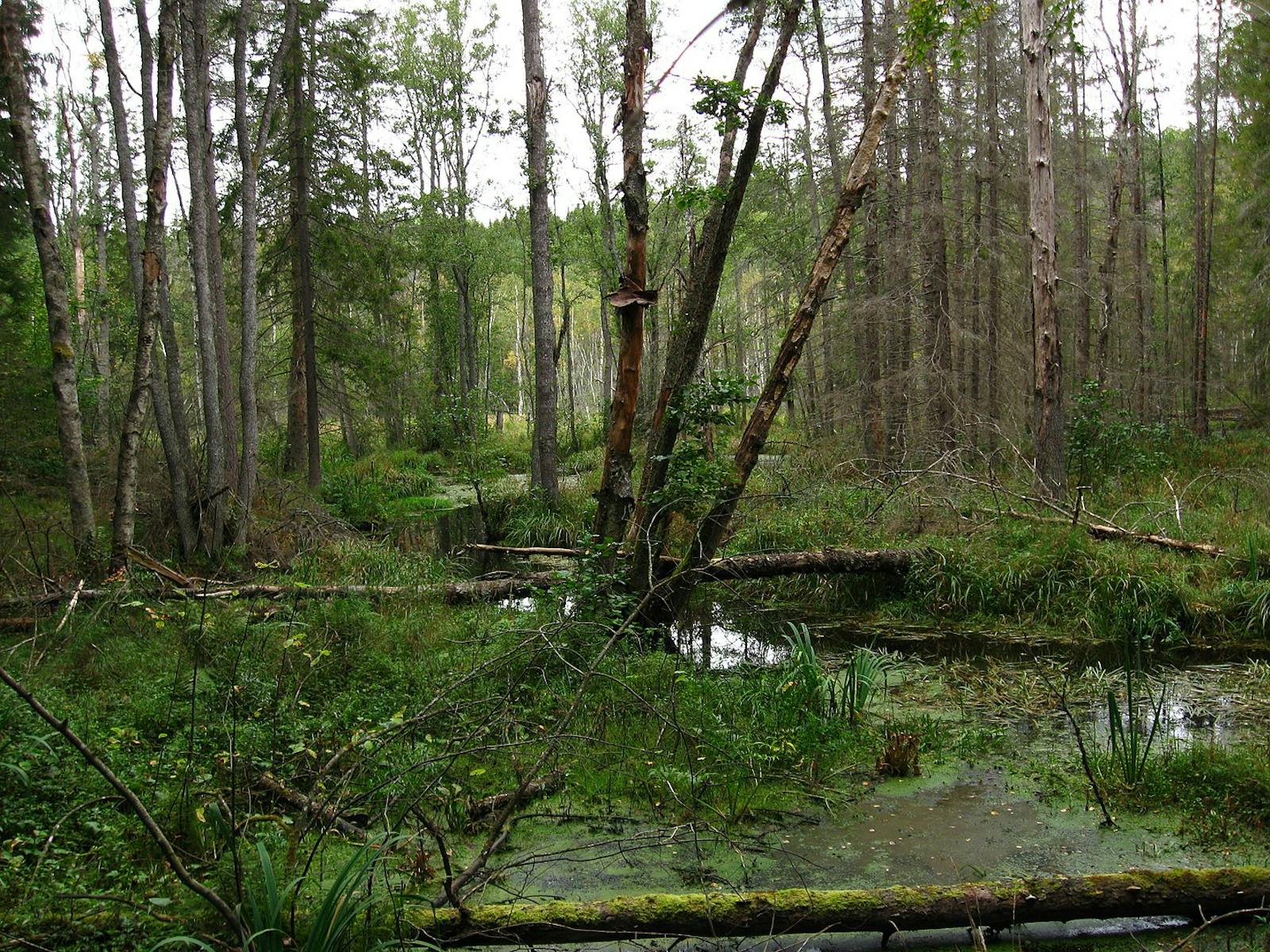
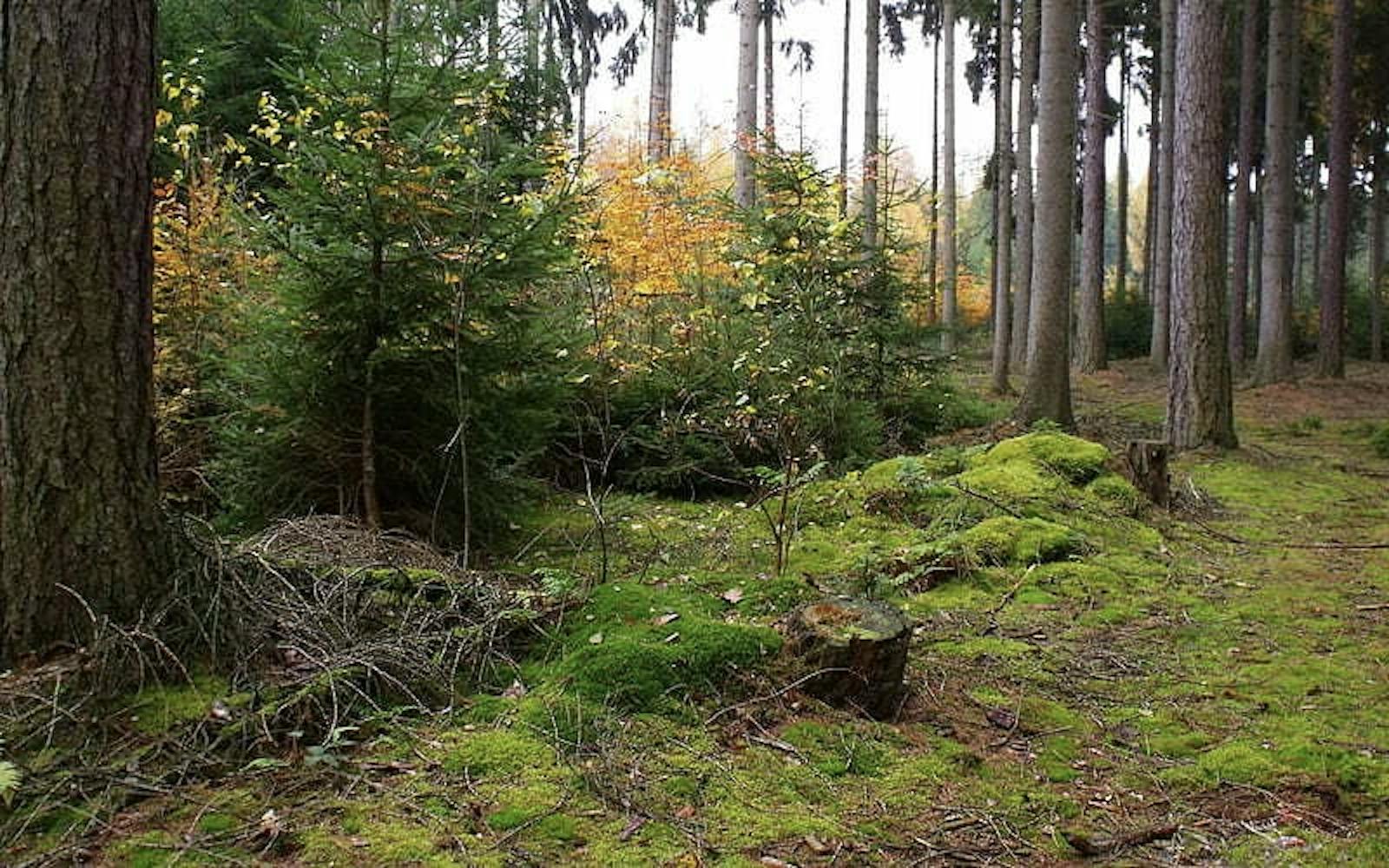
.png?auto=compress%2Cformat&w=300)

